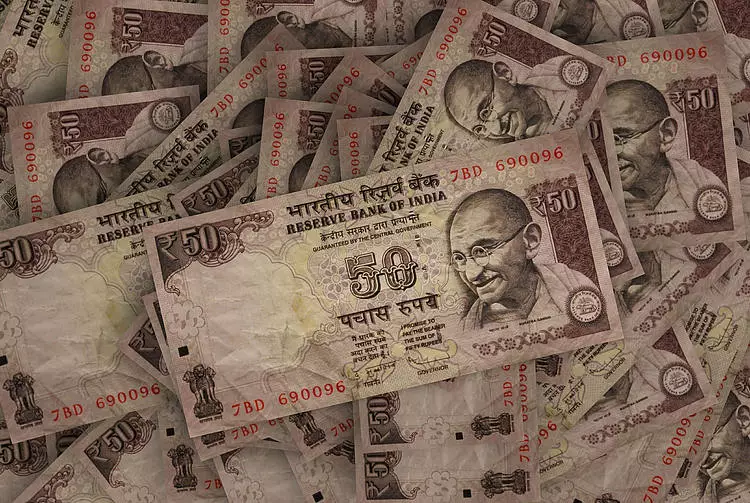In recent weeks, the Indian Rupee (INR) has faced considerable headwinds as it weakened against the US Dollar (USD). Economic indicators suggest that despite achieving a temporary peak, the INR is grappling with a range of pressures that threaten its stability. This currency tug-of-war is further influenced by various global events, including fluctuating commodity prices, local economic sentiments, and international financial dynamics.
One significant player in this scenario is the renewed strength of the USD. A combination of robust economic data from the United States and geopolitical tensions—particularly the ongoing conflict between Russia and Ukraine—has resulted in an uptick in USD demand. This trend has diverted investment attention away from the INR, exerting additional pressure on the currency. Furthermore, the recent proposals from the incoming US President Donald Trump to impose new tariffs add to the uncertainty, creating a more complicated landscape for currencies globally, including the INR.
As traders navigate through these uncertain waters, they are keenly anticipating the release of the Federal Open Market Committee (FOMC) minutes. Such documents typically provide insight into future monetary policy directions, making them crucial for market forecasts. The upcoming announcements—including consumer confidence metrics and various economic indexes—are expected to further shape investor sentiment and thereby influence the movement of the INR.
In the backdrop, there are some silver linings for the INR. The expected passive inflows resulting from MSCI’s index rebalancing could potentially provide a boost. The inflows are estimated at around $2.5 billion, poised to counteract some of the selling pressure on the Rupee. This element could provide support, especially against the looming influences of declining US bond yields and falling crude oil prices, which typically underpin the INR due to India’s reliance on imported oil.
From a technical analysis perspective, the dollar-rupee pair is anticipated to stay within a defined range in the short to medium term. Support is identified around 83.80, while resistance looms around 84.50. Despite this range-bound outlook, analysts have suggested a general bearish bias, signaling that the INR may continue to encounter downward pressure.
A deeper examination of the recent trading charts shows that the USD/INR pair is maintaining its bullish position above the critical 100-day Exponential Moving Average (EMA). However, the pair has broken below an ascending trend channel, which raises questions regarding its sustainability at higher levels. The technical indicators depict a complex picture; for instance, the 14-day Relative Strength Index (RSI) hovering just above the midline may offer temporary relief for buyers, but it does not negate the overarching selling momentum in the market.
For bulls hoping to propel the INR higher, the all-time high of 84.52 remains a formidable obstacle. A decisive breakthrough above this level could signal a march toward the psychologically significant 85.00 mark. However, failure to sustain gains could lead to further retreats, placing emphasis on the critical support range between 84.00 and 83.90.
Given the current trajectory, the Indian Rupee faces a precarious future amidst a confluence of domestic and international economic factors. Rising USD strength paired with locally driven uncertainties points to a challenging environment for the INR moving forward. Investors will need to remain vigilant, especially as upcoming economic announcements unfold.
The attention on the FOMC minutes and related economic data will undoubtedly influence trading strategies in the days ahead. Ultimately, while external supports exist, the INR’s resilience will largely depend on its ability to navigate through the turbulent waters of global finance and trade dynamics. Embracing a cautious yet adaptable approach may be essential for investors looking to maximize opportunities in this environment.

